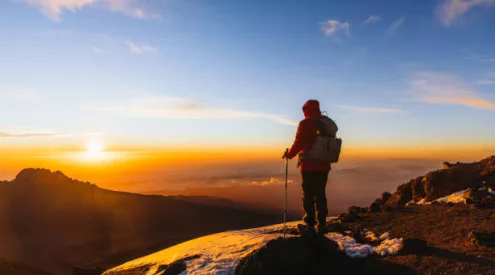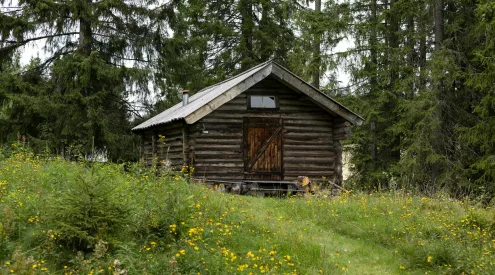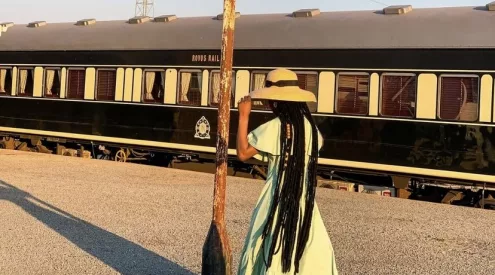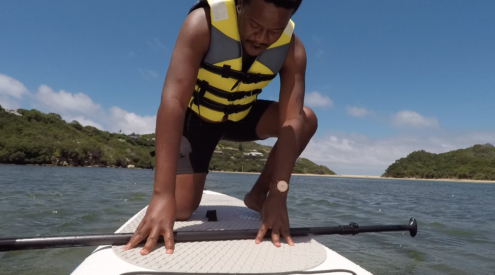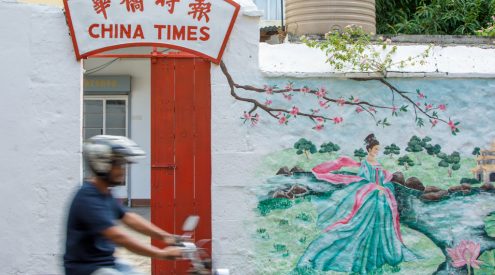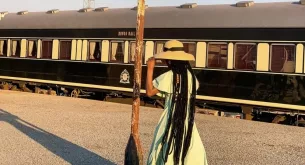We woke up excited about our odyssey to Lesotho. Part of the excitement came from conquering Compassberg the previous day (The great fossil hunt: Compassberg). The other half came from the idea that we were heading to a snowy Lesotho. We packed all our belongings and hit the R56.
After a short break to purchase groceries in Middelburg, we headed towards the little town of Steynsberg. We were in no mood for sightseeing as Dale wanted to take a few shots in Lesotho before twilight. Steynsberg led us to the town of Burdersdorp, a town we just waltzed through. After we drove past Burdersdorp, things suddenly got greener as we reached Aliwal North. We filled up at the petrol station, another privilege we did not have in Nieu Bethesda ( The great fossil hunt: Nieu Bethesda). In Aliwal North, we saw the Orange River surrounded by trees as it crawled under the General Hertzog Bridge, a complete contrast to what we had encountered in the Karoo. Now that we had bumped into the longest river in the country, ideas for adventure went from hiking dry Karoo mountains to water-based escapades. You could go rafting, canoeing and kayaking ,anything is possible on the great Orange River (Rafting the Orange River by Evan Hausmann).
From Aliwal North, we took the R26 to the Lesotho border.Dale was worried about accommodation in Lesotho, so we had to cross the border quickly. We rushed past Rouxville and Zastrom. However, in our haste, we had to avoid potholes, the size of lakes. So that sort of slowed us down. We reached the border near Mafeteng in the afternoon.
It was the first time I was crossing the border and had anticipated a long process. Surprisingly, after producing the necessary documents and paying M30, we crossed the border, in 15 minutes. According to Dale and Bianca, this was the quickest they had ever crossed a border. Now we were in Lesotho and after a few phone calls, Dale was able to confirm that we were booked to stay at Morija Guest House in Morija, a small town located in western Lesotho and approximately 40 minutes away from Mafeteng.
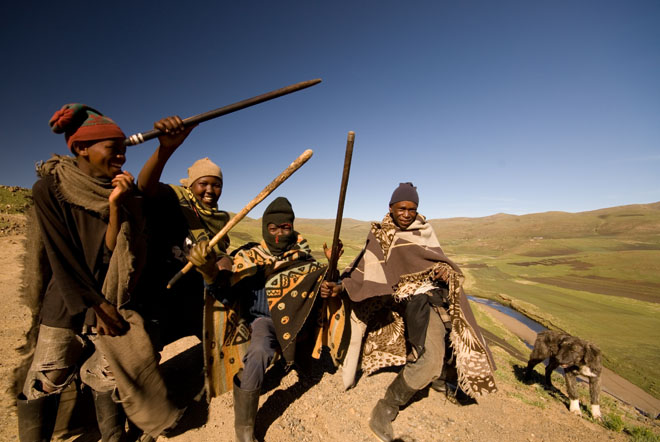
Typical male attire in Lesotho. Image by Getaway
There is something unique about every African country, be it the culture or the language. Despite the differences, there is usually something in common in all of them and it’s the warm weather, well at least to European tourists. There we were in Lesotho, a country in the heart of South Africa, and we were anticipating snow. Everyone in the country seemed to be preparing for the inclement weather. As we were driving through the town, almost every man we met was clad in boots, overalls and a traditional Sotho blanket. According to locals each blanket represented the wearer’s status in the community. From the moment we set foot in the country. It was clear we were in another country. A country where people are readily armoured to face the perils of their unpredictable weather.
After an hour of analysing the beautiful mountains of the country,through the windows of our vehicle, we reached our Morija. We were staying at Morija Guest House, and when Moitse, the tour guide handed our keys to us, it began to rain. Our plan to snatch a few photographs before dusk was sabotaged. The rain which poured until the next morning prevented us from visiting the fossil sites in the town.
Early, the next day, we were roused by the barking of Muesli, a Rottweiler whose duty is to protect guests. Muesli was accompanied by Moitse and another guide, Kefou. In no time, Kefou and Moitse , led us to the dinosaur footprint site. We had to make a short ascent to the mountain above Morija Guest House. Even though none of our guides were sure about the name or the height of the mountain, it certainly wasn’t Compassberg. For starters, we began our trek at a higher altitude and the footprints were not far from the foot of the mountain. Secondly, the mountain is windproof. With thousands of trees on it, it’s impossible for wind to penetrate.
Finding the footprints in Morija was not difficult. Moitse looked for a rock with red paint on it. In 20 minutes, we were standing next to the footprints. According to our guides, the footprints belong to the Lesothosaurus which lived in Lesotho ‘ millions of years ago’. Kefou offered to take to another site in Matsieng,7 km from Morija.
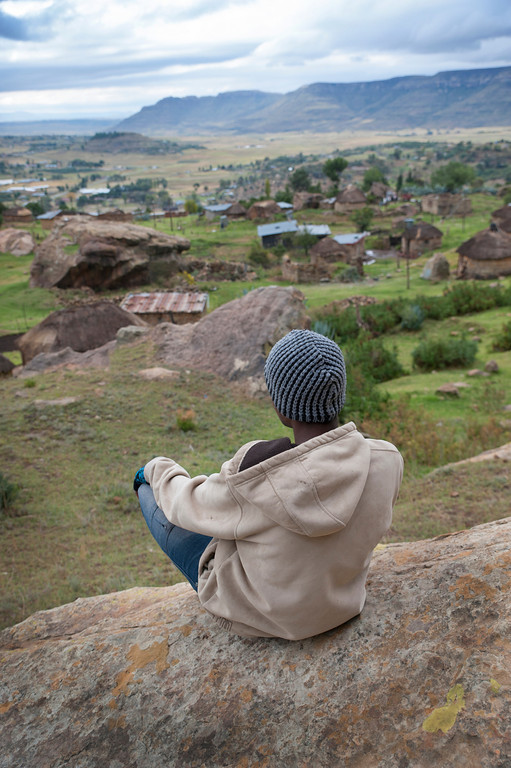
Matsieng Lesotho. Image by Dale Morris
In Matsieng, the footprints are a step away from the houses. When we reached the site, it seemed that citizens of the village had no clue about the Lesothosaurus footprints on their doorstep. Maybe the novelty has worn off for them. Kefou failed to give us information but recommended the Morija Museum and Archives as the best place to find out more about the footprints.
We drove to the museum to meet Pusetso Nyabela, the deputy curator. Pusetso escorted us to the part of the museum where the fossils were kept. However, to our dismay, Pusetso was not the most knowledge person on the subject. After a long day, we returned home empty-handed. Dale was still adamant that we could get information about pre-historic life in Lesotho.
The next day, on Kefou’s suggestion, we drove to Quthing in search of more footprints of the Lesothosaurus. Driving to Quthing gave us the opportunity to see the beautiful mountains that surround the country. Along the way, we took time to greet women who crept out houses carved out of rock. After an hour and a half on the road, we reached the site where the famous footprints are preserved. In an attempt to preserve the footprints, the Ministry of Tourism, Environment and Culture, has constructed a rectangular structure over the footprints. Naturally, we expect someone to welcome the curious tourists and show them the hidden treasures of Quthing. But to our surprise, there was no one in the building.
After 30 minutes of waiting in the cold Lesotho weather, a young man jumped out of a Nissan 4×4 and ushered us to the house. Once we reached the door, he demanded M30 from us When we entered the building, Dale began asking questions. Our guide simply nodded. For the next twenty minutes, we were subjected to the movements of his chubby face. Dale was positive that something could be salvaged out of the situation, so he asked for permission to take pictures of the footprints. The guy stared into space for a minute and shook his head. That was it . We had to leave Quthing.
48 hours after we had entered Lesotho, we still had no information on the Lesothosaurus. It was time to return to South Africa with our tails between our legs. But before that we had to explore Lesotho a bit more. Kefou suggested we take another route to Morija. We were going to drive through Mohale’s Hoek, Malealea and Matelile. Without any hesitation, we hit the road. Unfortunately, as soon we hit the road towards Mohale’s Hoek, it began to rain. The type of rain that dragged on the whole afternoon. To make matters worse, we were driving through mountainous terrain. We spent the afternoon staring at our GPS , and hoping catch a glimpse of the scenery through our drenched windows of our Toyota Avanza. By the time we reached Morija Guest House, it was already dark.
What I learned
As a travel journo, digging up for information in one place is not enough. When the initial plan (Morija Museum and Archives in our case) fails, search for other places in the area. You might find useful information in other places.
There is no such thing as failing to get a story in a place. The fact that we did not get information in both Morija and Quthing is a story in itself.
Related: The great fossil hunt: Karoo National Park
Looking for a place to stay in Lesotho? Book a place at Getaway Accomodation.
Main image by PhillipR

